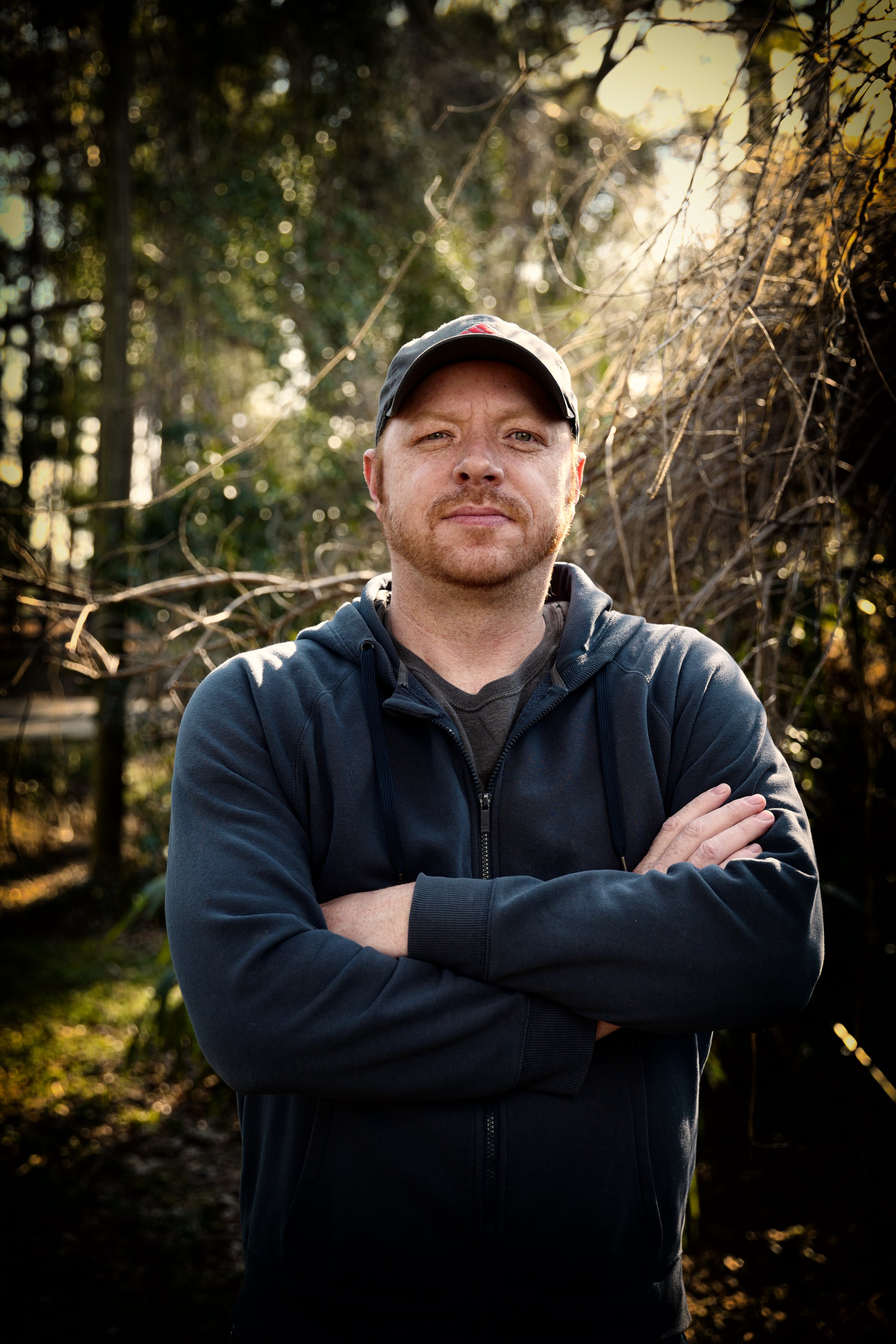The Uv/vis/nir PDFs
The Uv/vis/nir PDFs
Blog Article
Uv/vis for Beginners
Table of ContentsThe Main Principles Of Uv/vis 3 Simple Techniques For SpectrophotometersThe Facts About Uv/vis/nir RevealedSpectrophotometers Can Be Fun For EveryoneSpectrophotometers Can Be Fun For Anyone

Spectrophotometry is a tool that hinges on the quantitative analysis of molecules depending on how much light is taken in by colored substances.
How Uv/vis/nir can Save You Time, Stress, and Money.
A spectrophotometer is commonly used for the measurement of transmittance or reflectance of services, transparent or nontransparent solids, such as refined glass, or gases. Numerous biochemicals are colored, as in, they absorb visible light and for that reason can be determined by colorimetric procedures, even colorless biochemicals can typically be converted to colored substances appropriate for chromogenic color-forming responses to yield substances ideal for colorimetric analysis.: 65 However, they can likewise be designed to determine the diffusivity on any of the noted light varieties that normally cover around 2002500 nm using different controls and calibrations.
An example of an experiment in which spectrophotometry is utilized is the decision of the balance constant of a service. A specific chain reaction within an option may happen in a forward and reverse instructions, where reactants form products and products break down into reactants. Eventually, this chain reaction will reach a point of balance called an equilibrium point.
Circular Dichroism Things To Know Before You Get This
The amount of light that goes through the service is indicative of the concentration of particular chemicals that do not allow light to pass through. The absorption of light is due to the interaction of light with the electronic and vibrational modes of particles. Each type of particle has a private set of energy levels associated with the makeup of its chemical bonds and nuclei and thus will absorb light of specific wavelengths, or energies, leading to unique spectral residential or commercial properties.
They are widely used in numerous markets consisting of semiconductors, laser and optical manufacturing, printing and forensic evaluation, as well as in laboratories for the study of chemical substances. Spectrophotometry is often utilized in measurements of enzyme activities, determinations of protein concentrations, decisions of enzymatic kinetic constants, and measurements of ligand binding reactions.: 65 Eventually, a spectrophotometer is able to determine, depending on the control or calibration, what compounds are present in a target and exactly how much through estimations of observed wavelengths.
Invented by Arnold O. Beckman in 1940 [], the spectrophotometer was produced with the aid of his associates at his business National Technical Laboratories established in 1935 which would end up being Beckman Instrument Company and eventually Beckman Coulter. This would come as an option imp source to the previously produced spectrophotometers which were not able to take in the ultraviolet correctly.
9 Simple Techniques For Circularly Polarized Luminescence
It would be found that this did not offer acceptable results, for that reason in Model B, there was a shift from a glass to a quartz prism which permitted better absorbance results - UV/Vis/NIR (https://dribbble.com/olisclarity1/about). From there, Design C was born with an adjustment to the wavelength resolution which wound up having three systems of it produced
It irradiates the sample with polychromatic light which the sample takes in depending upon its residential or commercial properties. Then it is sent back by grating the photodiode selection which spots the wavelength region of the spectrum. Because then, the development and application of spectrophotometry devices has increased immensely and has actually turned into one of the most ingenious instruments of our time.

The smart Trick of Circular Dichroism That Nobody is Discussing
The grating can either be movable or repaired.
In such systems, the grating is repaired and the strength of each wavelength of light is measured by a different detector in the range. When making transmission measurements, the spectrophotometer quantitatively compares the portion of light that passes through a referral solution and a test service, then electronically compares the intensities of the two signals and computes the percentage of transmission of the sample compared to the recommendation requirement.

Report this page